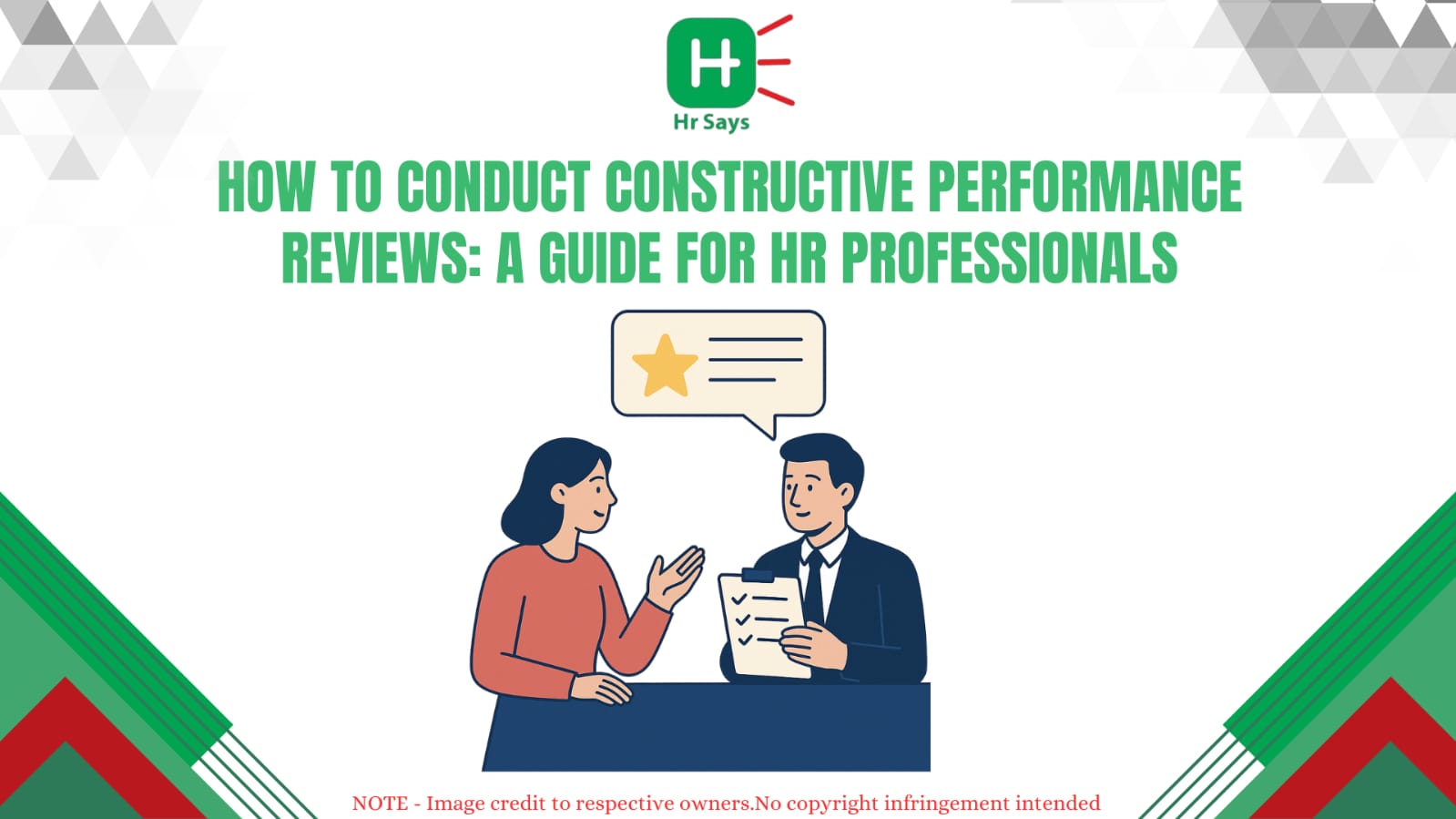There is usually tension that arises because of performance reviews. Managers are burdened with the aspect of evaluation and employees are judged with fear. However, when conducted positively, the reviews can spur career development among the HR, bolster, as well as workforce engagement methodologies towards the Indian companies. The trick is to turn the concentration on criticism over to constructive contention.
Why Performance Reviews Still Matter
In a future workplace characterized by hybridity in terms of work trends in India and HR tech trends in India 2025, reviews are not a mere figment of the imagination. They are still effective to:
● Align employees with organizational goals
● Offer clarity on expectations and deliverables
● Recognize efforts and achievements
● Identify skill gaps and training needs
When seen as an opportunity for growth rather than fault-finding, performance reviews become valuable checkpoints for both the employee and the organization.
Preparing for a Constructive Review
A performance review cannot be rushed. It requires preparation, empathy, and the right tools. HR leaders should focus on:
● Reviewing past feedback and progress
● Gathering input from multiple stakeholders
● Using HR analytics and data-driven decision making to assess performance
● Setting a balanced agenda that covers achievements and improvements
By preparing thoroughly, the review feels less like a formality and more like a guided conversation.
Creating the Right Atmosphere
A constructive review thrives on trust and openness. Employees should feel safe sharing challenges without fear of penalty. HR managers and leaders can ensure this by:
● Choosing a private, distraction-free setting
● Opening with appreciation before moving into areas of improvement
● Using neutral and specific language instead of vague criticism
In Indian workplaces where hierarchy is strong, such practices can reduce anxiety and encourage honesty.
Balancing Feedback and Growth
Feedback works best when it is actionable. Rather than labeling an employee as underperforming, highlight where improvements can be made and how support will be provided. For instance:
● Suggest training aligned with upskilling and reskilling employees
● Highlight opportunities linked to career growth for HR professionals and staff alike
● Connect performance gaps with company-wide learning programs
This transforms reviews into growth plans, rather than yearly verdicts.
Leveraging Technology in Reviews
HR digital transformation trends 2025 highlight the rise of AI in HR management and automation. Tools today help:
● Track employee goals throughout the year
● Automate feedback collection
● Provide real-time data for fair assessments
For small businesses, best HR tools for small businesses in India offer affordable solutions that make performance tracking easier and more transparent.
Building a Culture Beyond Reviews
A single review cannot define an employee’s journey. HR role in organizational growth involves fostering an environment where feedback flows continuously. By embedding employee performance management best practices into daily operations, companies reduce the pressure of annual reviews and encourage ongoing growth.
Conclusion
Constructive performance reviews are less about rating and more about nurturing. When done with care, backed by data, and supported by HR tech, they build stronger employee relationships and fuel organizational success. For HR leaders, mastering this practice also contributes to long-term career growth and leadership development.

 Constructive performance reviews encourage dialogue, not fear. With preparation, actionable feedback, and HR tech tools, reviews become growth opportunities for employees while strengthening organizational culture and HR leadership.
Constructive performance reviews encourage dialogue, not fear. With preparation, actionable feedback, and HR tech tools, reviews become growth opportunities for employees while strengthening organizational culture and HR leadership.












.jpeg)












.jpeg)